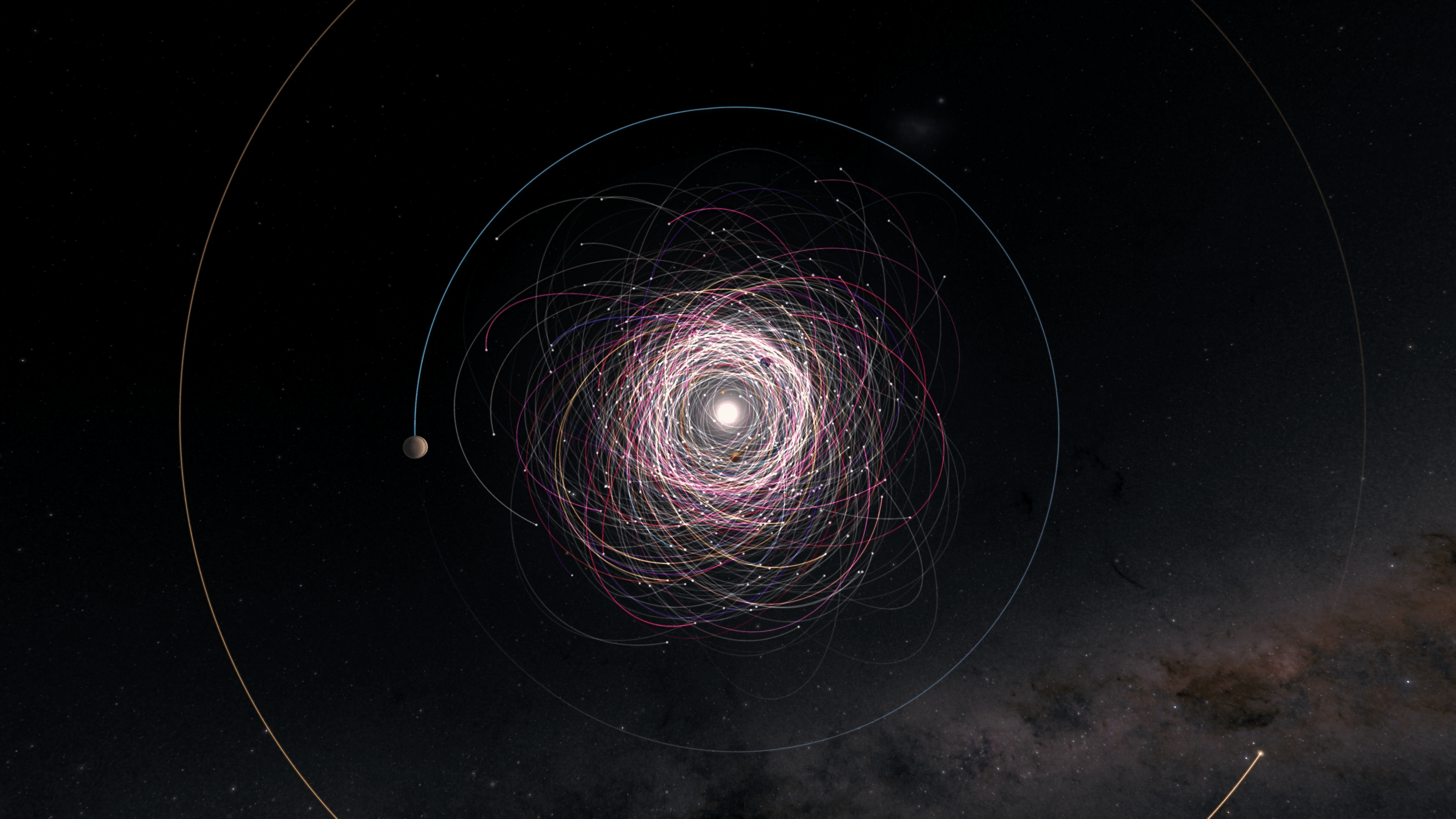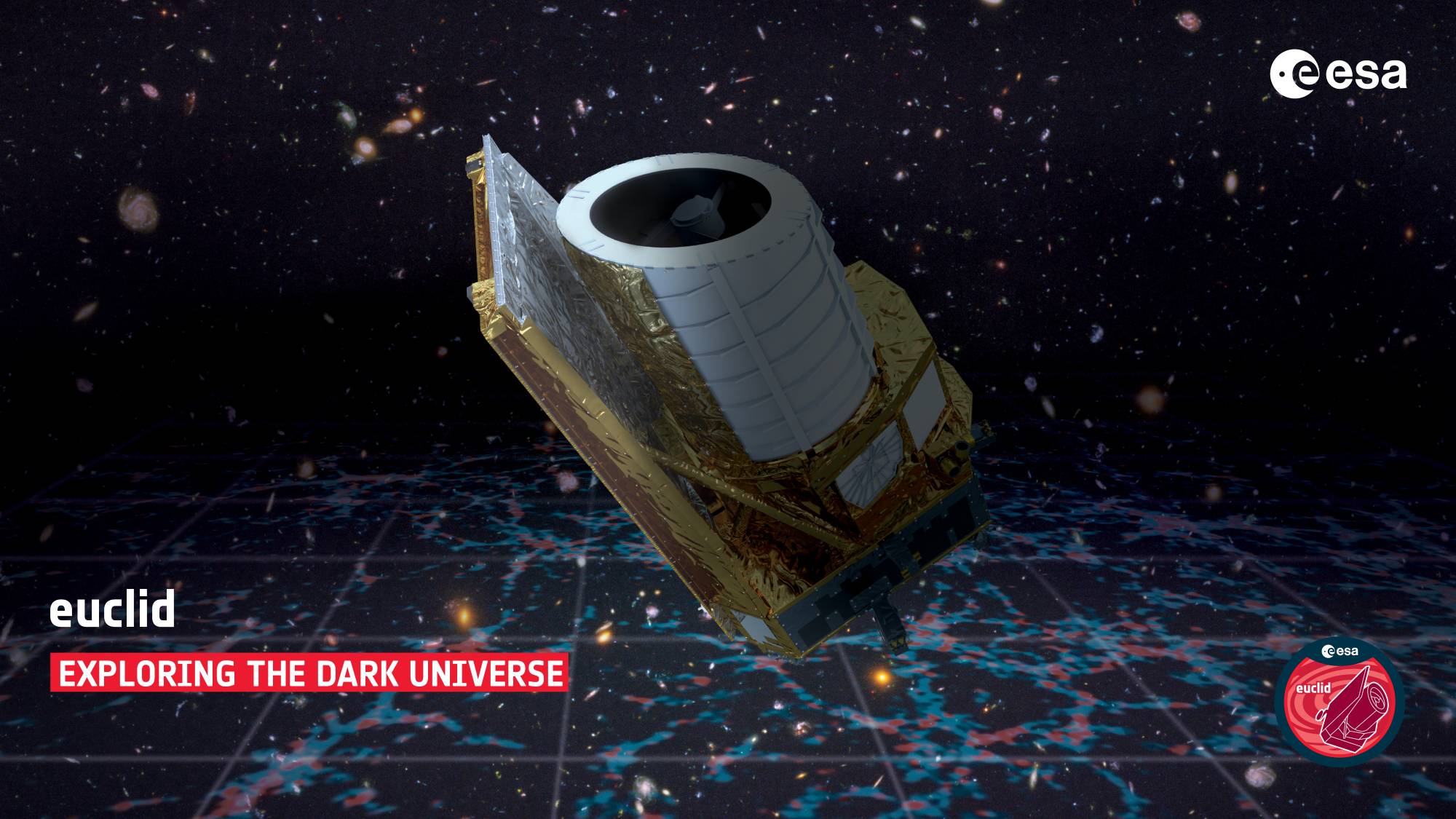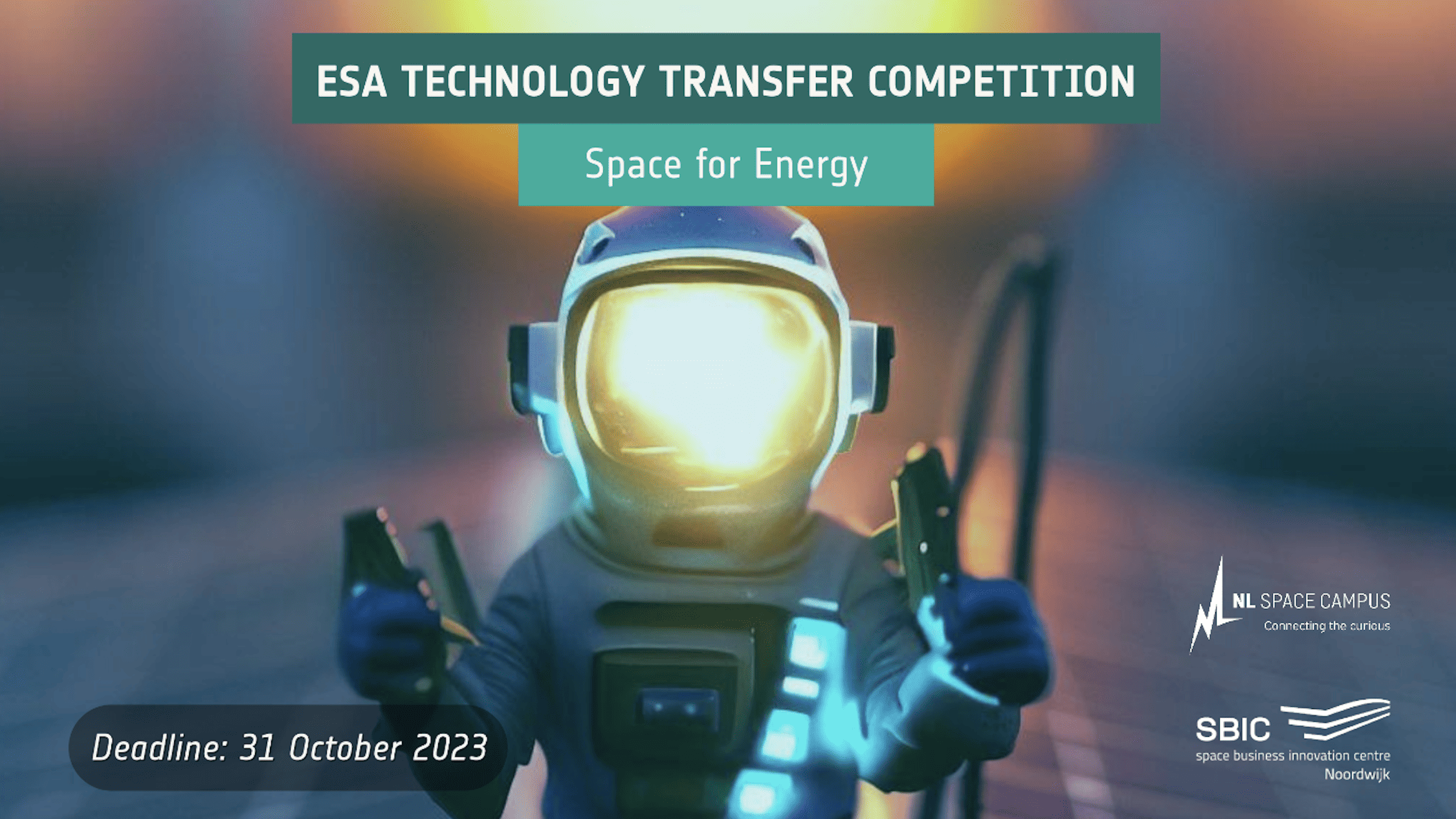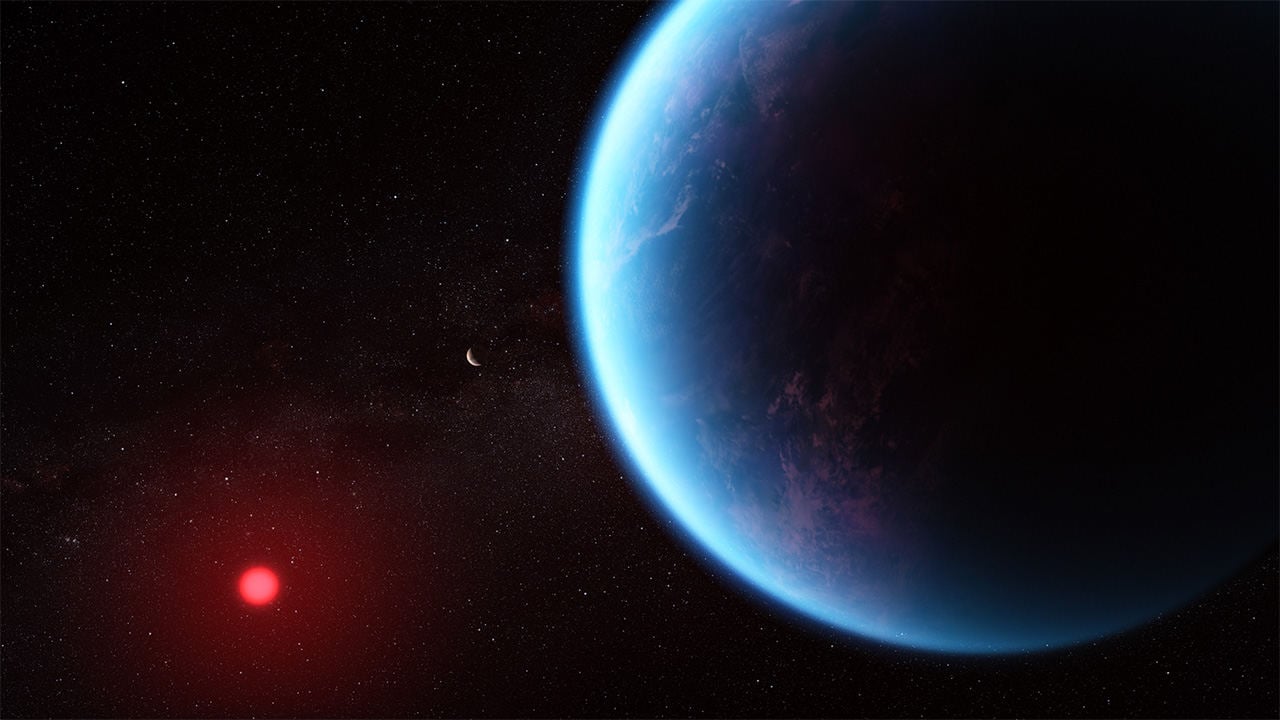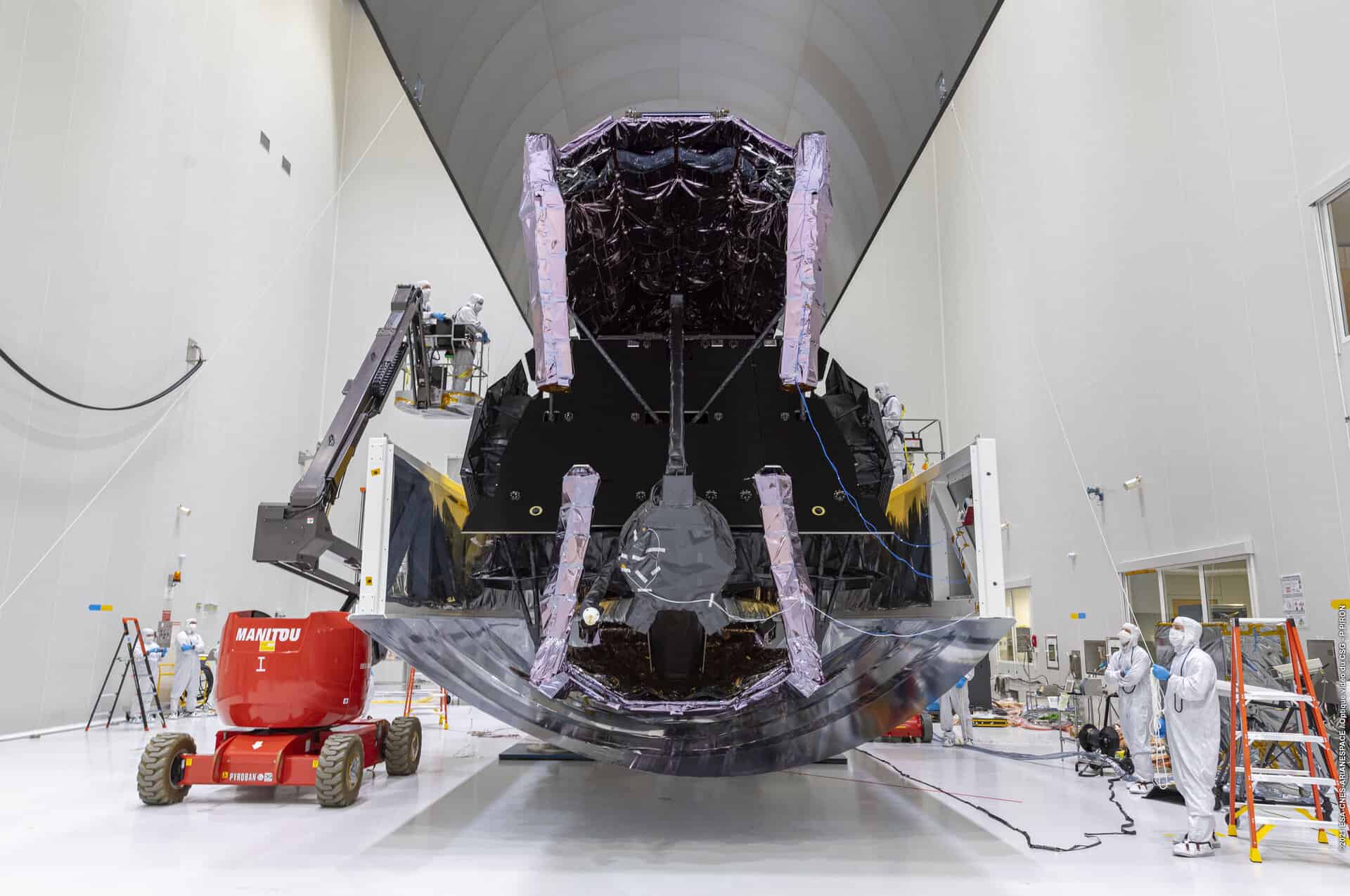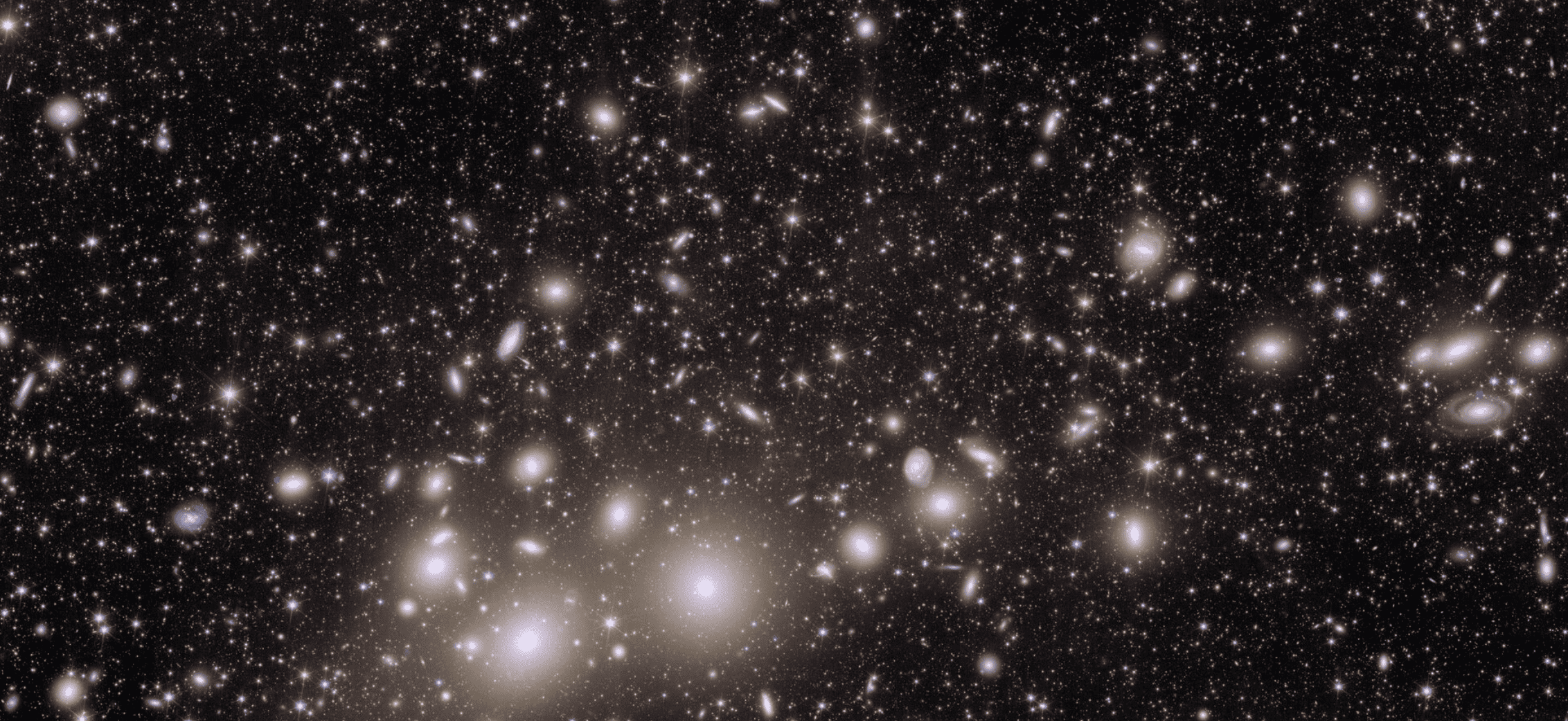
Today ESA’s Euclid space mission presents its first color images of the cosmos. Never before has a telescope been able to take such pin-sharp astronomical images over such a large part of the sky and look so far into the distant universe. We selected three.
Zooming in on the universe: the Perseus cluster of galaxies
The cover photo of this article “revolutionizes astronomy,” according to ESA. The image shows 1,000 galaxies belonging to the Perseus cluster and more than 100,000 other galaxies farther away in the background.
Many of these faint galaxies were not previously visible. Some of them are so far away that their light took 10 billion years to reach us. By mapping the distribution and shapes of these galaxies, cosmologists can learn more about how dark matter shaped the universe we see today.
This is the first time such a large image has allowed us to capture so many Perseus galaxies in such detail. Perseus is one of the most massive structures in the universe that we know and is “only” 240 million light years away from Earth.
Spiral galaxy IC 342
During its lifetime, our dark universe detective will image billions of galaxies and reveal the hidden influence of dark matter and dark energy on them. One of the first galaxies observed by Euclid has therefore been nicknamed the “Hidden Galaxy,” also known as IC 342 or Caldwell 5. Thanks to the infrared observation, Euclid discovered crucial information about the stars in this galaxy, which is very similar to our Milky Way.
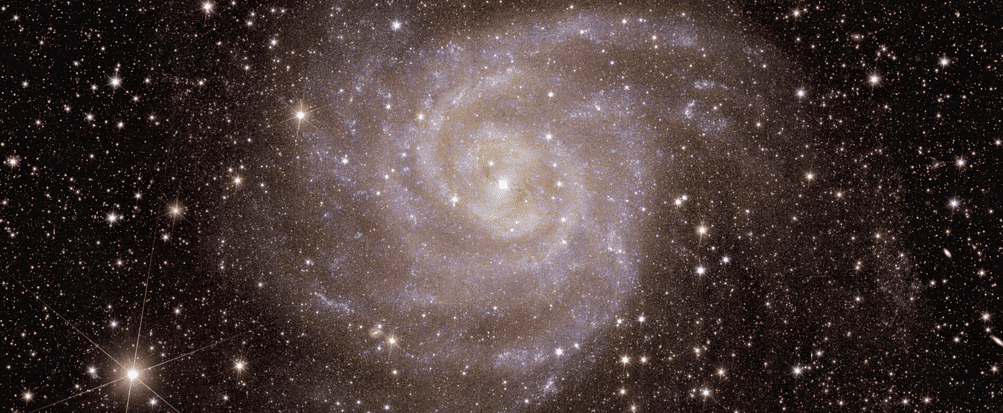
Irregular galaxy NGC 6822
To create a 3D map of the universe, Euclid observes light from galaxies up to a distance of 10 billion light years. Most of the galaxies of the early universe do not look like the typical neat spiral but are irregular and small. These form the building blocks for larger galaxies like ours, and we can still notice some of these galaxies relatively close to us. This first irregular dwarf galaxy observed by Euclid is called NGC 6822 and is located nearby, just 1.6 million light years from Earth.
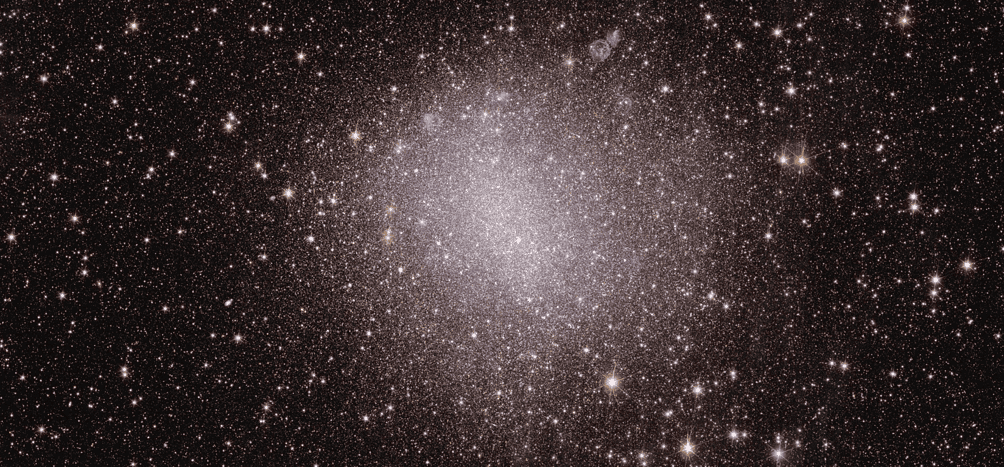
Preparing for routine observations
Euclid was launched on July 1, 2023, at 5:12 p.m. CEST to the Lagrange Point 2 of the Sun-Earth system on a SpaceX Falcon 9 rocket from Florida, USA. During the months following the launch, scientists and engineers conducted an intensive testing and calibration phase of Euclid’s scientific instruments. This team is currently making final adjustments to the spacecraft before routine scientific observations begin in early 2024.
For six years, Euclid will map, with “unprecedented accuracy and sensitivity,” one-third of the sky. As the mission progresses, Euclid’s database will be released once a year and available to the global scientific community through the Astronomy Science Archives, housed at ESA’s European Space Astronomy Center in Spain.
